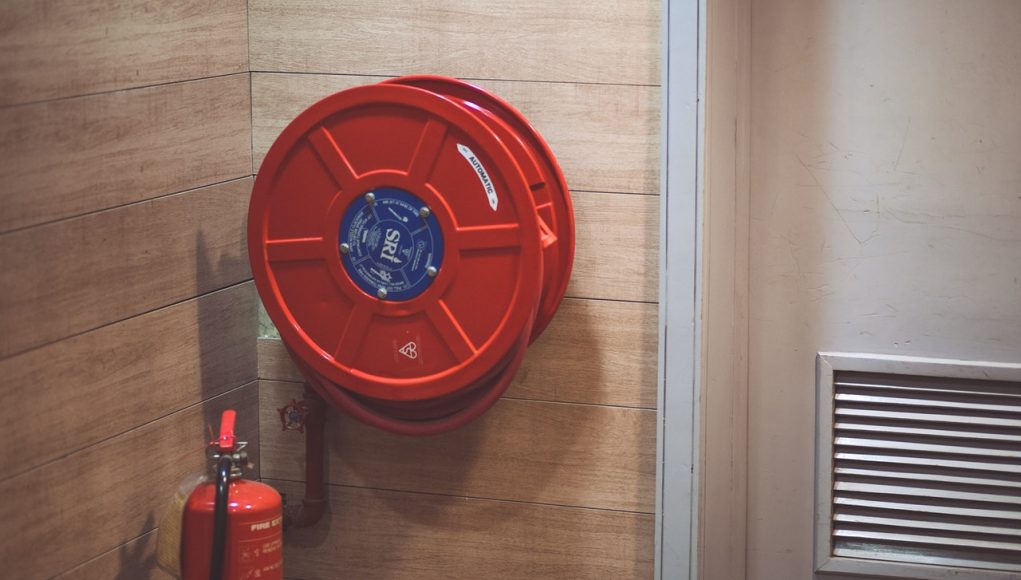The Regulatory Reform (Fire Safety) Order 2005 is effective in the United Kingdom from 1st October 2006. This order requires appointing a Responsible Person (RP) for all non-domestic premises in order to carry out a fire risk assessment. In fact, such a risk assessment should include measures that will help to prevent or eliminate the risk of fire and identify the individuals at risk. On the other hand, if your business has five or more employees, a record needs to be kept of the significant findings. These are the basics of an effective fire risk assessment plan for your business in the United Kingdom. He is a guide to fire risk assessments for businesses in the United Kingdom.
The individual who has control over the premises such as the landlord, employer, or owner of the premises should be informed of these new fire risk regulations and ensure that these regulations are complied with. On the other hand, if the building is shared with other businesses and the responsible person doesn’t have control over the entire building, the other businesses should be informed of the significant risk findings by the RP or responsible person. In fact, proper communication and coordination between the parties are important to implement the fire safety provisions, firefighting measures, and evacuation procedures, etc. The RP should know the ins and outs of the business that he is responsible for. In fact, the business owner or manager should appoint a person who has an in-depth knowledge about the premises and the fire safety procedures as the responsible person or RP. The RP is responsible for his own premises in terms of the fire risk assessment process. If the RP is not confident in his own abilities to complete the fire safety risk assessment, he can arrange for a suitable and competent person to complete the assessment on their behalf.
The Concept Of Fire Hazard
You need to first understand the concept of fire hazard when considering the process of fire risk assessment. A fire hazard comes with two components that are balanced against each other. The first component is the possibility of a fire occurring while the second the component is the magnitude of consequences of that fire. For example, although a metal fabrication business has a higher risk of a fire occurring due to the welding and cutting equipment in the workshop, the probability of such a fire spreading could be reduced with the right housekeeping measures. On the other hand, if no combustible substances are present on the premises, the spreading of a fire would be further reduced and the consequences are much low. Hence, the risk of a fire in such a premise can be considered normal or even low.
On the other hand, if you operate a cellulose paint shop, the fire risk is quite high considering the equipment and products used for the process. Such a fire could have a rapid development in the premises. Hence, it is considered a very high risk. It is important that every business takes relevant measures to reduce the risk of a fire by way of proper housekeeping, equipment and products stored away from the risk, and appropriately designed electric apparatus. These are important things to consider when devising the right fire safety procedure for your business in the United Kingdom.
Objectives Of A Fire Risk Assessment
The fire safety order states that a business uses a goal-based and flexible approach when devising an effective fire risk assessment for the premises. The responsible person or RP will evaluate the fire risks in the workplace. In fact, he or she should take the appropriate measures to ensure the safety of the employees and equipment in the premises. Here are some important things to consider in this regard.
- The RP should identify probable fire hazards and people at risk in the organisation. He or she should take measures to remove or reduce the risk of these hazards causing harm to the employees in the premises.
- The RP should determine what fire safety measures and management policies are necessary in order to ensure the safety of the people in the building. This should be done by reducing the probability of a fire starting, limiting the effects should a fire occur, and ensure that all the occupants are alerted to safely leave the premises should a fire start in the building.
What Is Needed When Conducting A Fire Assessment?
A fire assessment is a foundation for all the fire safety measures in your business premises. It is important that you read and understand the guidance document that applies to your business premises. A simple single line drawing of your business premises to scale can show all the structural features such as the office accommodation, production, storage, and plant of your premises. A copy of this document is very important for the fire services for the purpose of firefighting.
Recording Of The Fire safety Risk Assessment Information
Once you have created a fire safety risk assessment for your business premises, it is important that you record the findings of such an assessment. In fact, if your business employees five or more individuals, it is mandatory by law that you record all the findings of such an assessment. This record should be up-to-date and maintained properly. In fact, it should be made available to the enforcing authorities on request. The record should include important information such as:
- The date the assessment was made
- The fire hazards identified
- Any employees or visitors to the building at risk
- What are the actions you need to take and by when?
- The conclusions that arise from the assessment
Your fire safety assessment isn’t a one-off procedure. In fact, it should be regularly reviewed for the benefit of the premises and employees in it. If the findings are no longer valid and need to be changed, you should take appropriate steps to change or upgrade them immediately. These are important things to consider when devising a fire risk assessment for your business in the UK.
















